Brush up on your knowledge of wind! Get the details on a few of the lesser-known wind energy facts.
Wind Energy Technologies Office
August 21, 2024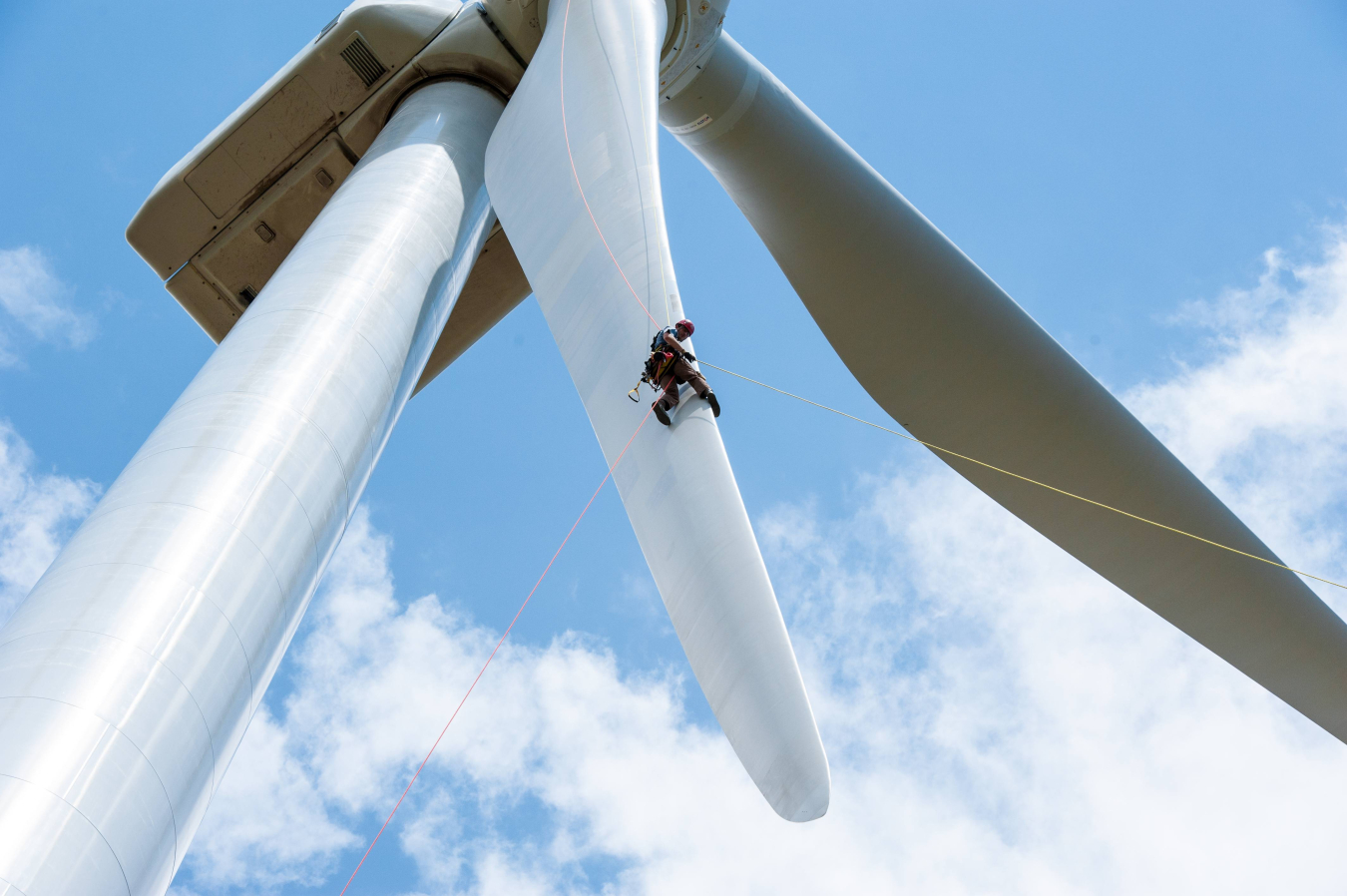
Wind turbines are soaring to record sizes. The average rotor diameter of turbines installed in 2023 grew to 438 feet, up 178% since 1998–1999.
Brush up on your knowledge of wind! This article is part of the Energy.gov series highlighting the "Top Things You Didn't Know About Energy" series.
10. Human civilizations have harnessed wind power for thousands of years. Early forms of windmills used wind to crush grain or pump water. Now, modern wind turbines use the wind to create electricity. Learn how a wind turbine works.
9. Today’s wind turbines are much more complicated machines than the traditional prairie windmill. A wind turbine has as many as 8,000 different components.
8. Wind turbines are big. Wind turbine blades average 210 feet long, and turbine towers average over 320 feet tall—taller than the Statue of Liberty. The average nameplate capacity of turbines is also increasing, meaning they have more powerful generators. The average capacity of utility-scale wind turbines installed in 2023 was 3.4 megawatts (MW), up 5% from the previous year.

7. Higher wind speeds mean more electricity, and wind turbines are getting taller to reach higher heights above ground level where it’s even windier. See the Energy Department’s wind resource maps to find average wind speeds in your state or hometown and learn more about opportunities for taller wind turbines in a report from the Energy Department’s National Renewable Energy Laboratory.

Wind resources at 100 meters above the ground

6. Many of the components of wind turbines installed in the United States are manufactured here, with more than 450 wind-related manufacturing facilities across the country. The U.S. wind industry currently employs more than 125,000 full-time workers. These jobs include those in construction (>45,000) and manufacturing (>23,000). Read more at U.S. Energy and Employment Jobs.
5. Offshore wind represents a major opportunity to provide power to highly populated coastal cities. The first operational commercial-scale wind power plant in the United States, the 132-megawatt (MW) South Fork Wind Farm located off the coast of Rhode Island and delivering power to New York, was installed in March 2024. There are also small projects installed off the coasts of Rhode Island and Virginia, and dozens of larger projects in the works. See what the Energy Department is doing to develop offshore wind in the United States.
Block Island Wind Farm installed off the coast of Rhode Island
4. There is utility-scale wind power (from turbines over 100 kilowatts) installed in 43 states. Twenty-three states had more than 1 gigawatt (GW) or 1,000 MW of wind capacity at the end of 2023, with seven above 5 GW. There is distributed wind installed in all 50 states plus the District of Columbia, Puerto Rico, Guam, the Northern Mariana Islands, and the U.S. Virgin Islands.
3. The United States has the second most installed capacity of wind in the world. Since 2020, the United States has installed more than 45 GW of wind capacity, bringing the cumulative total to more than 150 (GW), enough to power around 45 million homes.
2. Wind energy is affordable. Wind prices for power contracts signed in the last few years have ranged from 1.4–5.5 cents per kilowatt-hour, with an average of 2.5 cents per kilowatt-hour.
1. Wind energy provides more than 20% of total electricity generation in 12 states, with more than 50% in Iowa and South Dakota, and more than 40% in Kansas and Oklahoma. Overall, wind energy supplied more than 10% of total U.S. electricity generation in 2023.
Learn More
- Explore more wind energy facts in our Top 10 Things You Didn’t Know About Offshore Wind Energy and Top 10 Things You Didn’t Know About Distributed Wind Power.
- Visit energy.gov/windreport to learn about the status of the wind industry.
Liz Hartman

Liz Hartman is the Communications Lead for DOE’s Wind Energy Technologies Office, and formerly (2009–2016) the Communications Lead for EERE’s combined Wind and Water Power Technologies Office.
Liz is a graduate of Cornell University with a B.S. in Natural Resources and an M.P.A. in Environmental Policy.
Articles by Liz Hartman
-
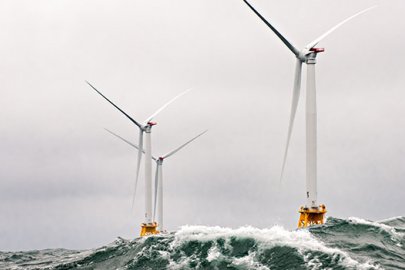 Learn more about efforts to develop America's vast offshore wind resources.
Learn more about efforts to develop America's vast offshore wind resources. -
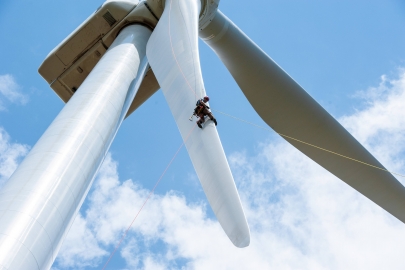 Brush up on your knowledge of wind! Get the details on a few of the lesser-known wind energy facts.
Brush up on your knowledge of wind! Get the details on a few of the lesser-known wind energy facts. -
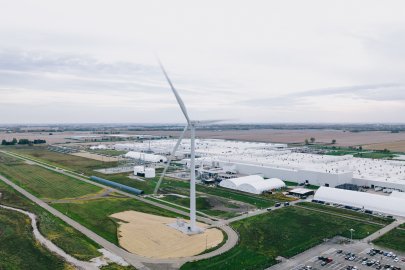 Learn about key facts related to wind turbines used in distributed applications.
Learn about key facts related to wind turbines used in distributed applications. -
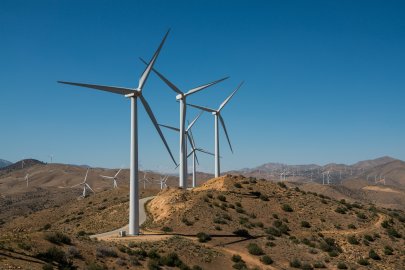 Wind power capacity in the United States continued to experience strong growth in 2017.
Wind power capacity in the United States continued to experience strong growth in 2017. -
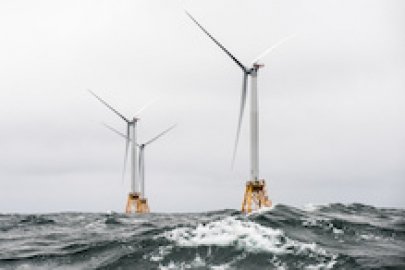 Offshore wind turbines on the Atlantic coast (as well as the Gulf Mexico) have several challenges to contend with—including hurricanes.
Offshore wind turbines on the Atlantic coast (as well as the Gulf Mexico) have several challenges to contend with—including hurricanes. -
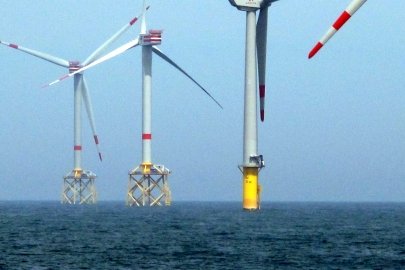 This blog is part of a series that explores offshore wind technical challenges that are different in the U.S. than in other countries.
This blog is part of a series that explores offshore wind technical challenges that are different in the U.S. than in other countries. -
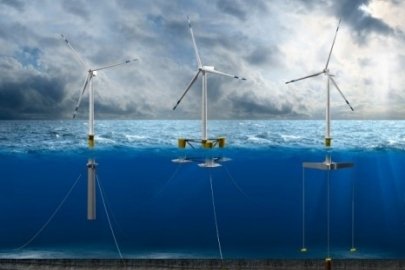 This blog is part of a series that explores offshore wind technical challenges that are different in the United States than in other countries.
This blog is part of a series that explores offshore wind technical challenges that are different in the United States than in other countries. -
 New breakthroughs could cut the cost of wind energy in half by 2030—making it fully competitive with the fuel cost of natural gas.
New breakthroughs could cut the cost of wind energy in half by 2030—making it fully competitive with the fuel cost of natural gas. -
 From utility-scale wind farms to the nation’s first offshore wind project, the U.S. wind industry continued to grow in 2016.
From utility-scale wind farms to the nation’s first offshore wind project, the U.S. wind industry continued to grow in 2016. -
Test your energy knowledge by checking out these surprising facts about hydropower.
-
The five things you should know about wind power and it's impact in the United States.
-
A new report evaluating the potential for offshore wind energy development across U.S. coasts found that even if only 1% of the technical resource potential is recovered, nearly 6.5 million homes could be powered by offshore wind energy.
-
If we harnessed America's vast, untapped offshore wind energy resources -- what would be the impact?

